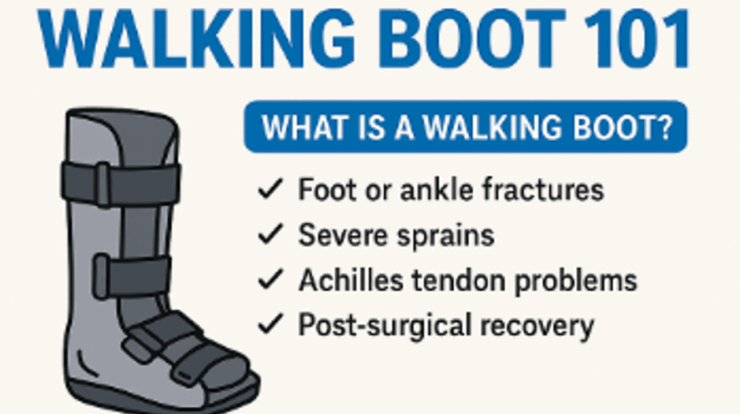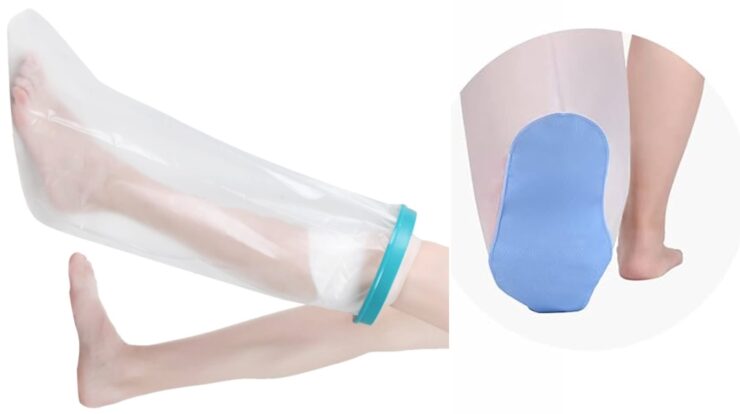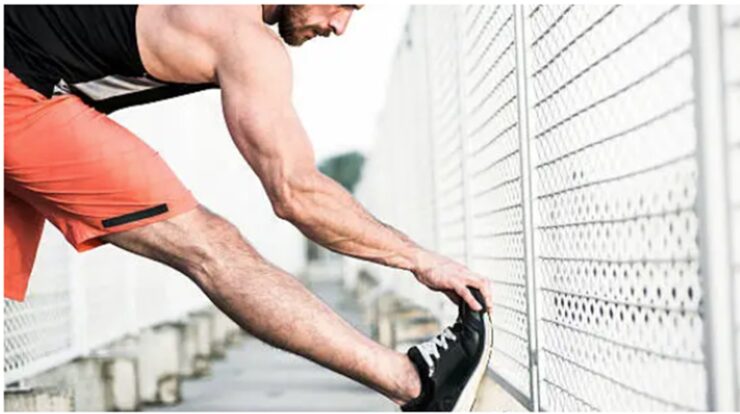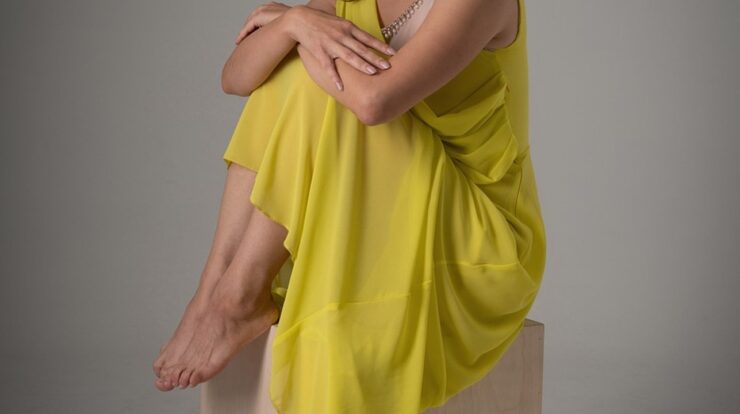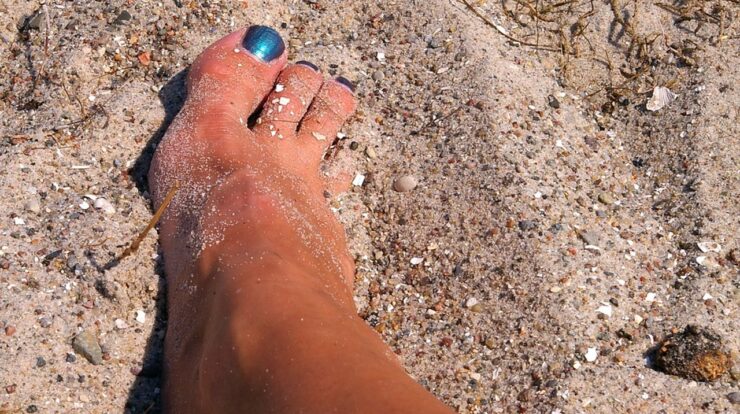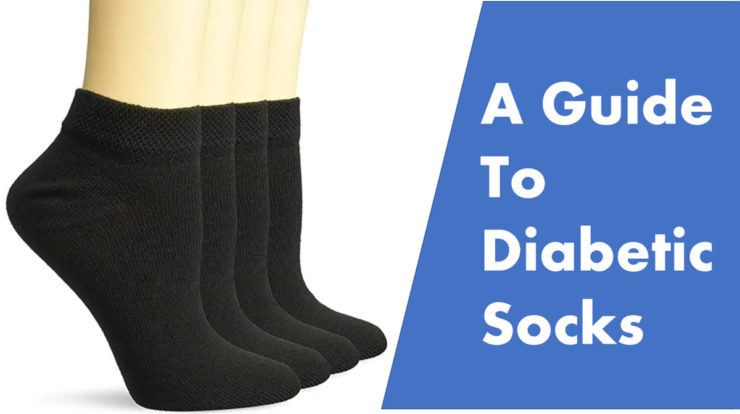
Diabetics often experience numbness, swelling, and discoloration in their feet. These symptoms can be alleviated by wearing diabetic socks. Furthermore, these socks can prevent skin breakdown or ulcers on diabetics’ feet.
Skin breakdowns will lead to more serious foot problems such as infections or even amputations if not treated quickly enough. That’s why if you suffer from diabetes, you should have a pair diabetic socks.
This article will definitely help you learn about how diabetic socks work and what features to look for in a pair of diabetic socks so that you can make an informed buying decision.
What are diabetes socks?
Diabetes socks are a type of socks designed to help people with diabetes manage their feet problems such as swelling, redness, and discoloration in their feet.
These socks are made of materials that will provide more padding around the foot to protect it from these symptoms and prevent skin breakdowns or ulcers on diabetics’ feet.
Diabetic socks also have a unique shape that can help heal any corns and calluses.
Who can wear these diabetic socks?
Diabetic socks can be worn by people with diabetes or neuropathy, peripheral vascular disease, and other foot problems. These socks’ special design helps people with these disorders stay comfortable while walking.
Do diabetic socks help with foot neuropathy?
Yes, these socks provide relief to the pain and discomfort of diabetic peripheral neuropathy. The socks provide a cushiony layer between your skin and shoes, which can help with pain or discomfort. They also have ventilation holes on the bottom for increased airflow.
Their design allows them to maintain circulation while relieving pressure points on your feet. Therefore, diabetic socks can help protect and relieve neuropathy symptoms, courtesy of their specially designed construction.
What is special about diabetic socks?
Diabetic socks have a higher elasticity rate and provide more protection from the symptoms that come with this disorder, such as numbness, tingling sensations, and pain.
They also have a better compression rate which is crucial because it reduces swelling. In addition, the socks are made of natural fiber materials that help keep feet cool and dry and relieve itching, and prevent skin irritation.
Diabetic socks provide extra cushioning around the toes, heel, and arch of the foot, making it easier for a person with diabetes or other foot problems to walk. Some even have grippers at the bottom of the sock that prevents them from slipping off when walking. Isn’t that awesome!
Who should be wearing diabetic socks?
These socks are recommended for people with diabetic peripheral neuropathy and those at risk of developing it. Diabetic socks can help improve circulation, which may reduce the pain associated with having this disorder.
What to consider while choosing diabetics socks?
With so many different options available, it can be challenging to choose the most appropriate type of diabetic socks. The following are some factors to consider when buying diabetic socks to help you choose the one that will serve your needs well.
Wicking Material
This is a must-have for diabetic socks. People with diabetes are more prone to having sweaty feet, and moisture can cause blisters or make the skin on your foot sore. If this is an issue for you, look for diabetic socks with materials that wick away sweat from the bottom of your foot. It will ensure your feet stay dry all day long.
Furthermore, diabetic socks made with a moisture-wicking material will keep you safe from infections.
Seamless Design
When choosing diabetic socks, make sure the design is seamless. When you are buying diabetic socks, you are looking for comfort; not something that will add misery to your life. Seams can be uncomfortable and lead to blisters or skin irritation. Therefore, when buying your next pair of diabetic socks, choose one with a seamless design.
Soft Yarns and Stitching
Good diabetic socks should be made with soft yarn. Diabetic socks that are not made out of this material can irritate your skin and lead to blistering or sores.
Another thing you need to look for is stitching on diabetic socks. The stitches should be flat and have no lumpy seams or loose threads. If a thread has an irregular pattern, it can cause blisters or potential bacterial growth due to sweat in the socks.
Non-Elastic Binding
Non-elastic binding is a crucial factor to look for when you are buying diabetic socks. The elastic can cause blisters and sores on your feet because it squeezes the skin around your ankles or calves, which leads to pain.
However, non-elastic binding socks reduces the risk of constricting blood vessels and slows down inflammation. As a result, they promote circulation, which prevents pain, swelling, and other medical complications due to poor circulation or vasoconstriction – a narrowing of blood vessels caused by certain types of diabetes medications.
Antimicrobial Properties
People with diabetes are prone to sweating. This puts them at a higher risk of infections because sweaty feet provide a conducive environment for bacterial growth. Therefore, good diabetic socks should have an antimicrobial property to prevent foot infections or other illnesses.
Padded Soles
Padding is essential to provide extra comfort and cushioning. Good diabetic socks with padded soles ensure they won’t stick or rub against your feet while you walk around. Therefore, they will save you from a callus build-up or blisters forming from friction between the shoe and the skin.
Smart Technology
The rapid growth of technology has led to many intelligent gadgets such as smart diabetic socks. Diabetic socks that have innovative technology incorporated in them come with various features that increase comfort, prevent injury, or promote healing for people with diabetes.
These socks can even send data such as blood sugar levels directly to your physician through an app on your phone when you’re not feeling well. Alternatively, they will have sensors that detect when your blood sugar levels change to alert you to take action, such as eating or injecting insulin.
When you are buying your next pair of socks, you should consider choosing a pair of diabetic socks with intelligent technology to help manage your diabetes conveniently.
How to care for diabetic socks
If you want your diabetic socks to serve you well and for a long time, you will need to take care of them properly. The following are some tips on how to take care of diabetic socks; to keep them in their best condition:
Washing them
* Wash them often with detergents designed for delicate fabrics and colors.
* Avoid using bleach or fabric softeners. They may cause the colors to fade and weaken the fabric over time.
* If your diabetic socks are made out of wool or cotton, they should be washed in lukewarm water and with mild soap.
Drying them
* Dry the socks immediately after you wash them to prevent color from running
* After you wash your diabetic socks, you should dry the item on low heat or line-dry it outside when possible because high temperatures can cause shrinkage that may affect how comfortable the socks are for you to wear.
* If you need to use tumble driers, only do so for short periods and low heat settings.
* Keep the socks out of direct sunlight as much as possible, which can cause fading or damage from UV rays.
Storing them
* Store them in an airtight container. This ensures the socks don’t get dusty or dirty when not being used.
* Keep the socks away from other fabrics. If possible, store your diabetic sock separately from normal clothing, so it doesn’t get tangled up. There is less risk of damaging the fibers by rubbing against other clothes in a drawer or closet.
* Make sure they are dry before putting them away so they won’t get moldy. When mold develops on the socks, it can cause a rash or allergic reaction the next time you wear them. They will also have an unpleasant odor if stored when they are not dried properly.
Wearing them
* Avoid wearing the same pair of socks for too long – change them out every day or two to avoid any complications.
* Avoid wearing them in water or around chemicals because this could damage the fibers of your socks.
* Don’t wear them with shoes that are too tight. The rubbing and pressure from shoes may cause the socks to wear down more quickly or the fabric to become worn and tattered. Worse still, such shoes can cause a blister or sore to form on your feet.
* Keep an eye on holes, tears, and wear spots – if you notice any of these issues, replace your socks as soon as possible for safety reasons.
Conclusion
Diabetic socks are a must for people with diabetes. Why? Because they can prevent blistering and ulcers from developing on feet due to the pressure put on them by shoes.
These types of socks also help improve circulation, which helps reduce nerve damage in your feet. In addition, they keep the feet dry, which is essential to avoid foot and skin problems. So there’s no good reason not to wear diabetic socks!
However, with so many options to choose from, it can be hard to decide which ones are best for you. The above guide has provided some helpful information to help you make that decision. Boot walker home.

